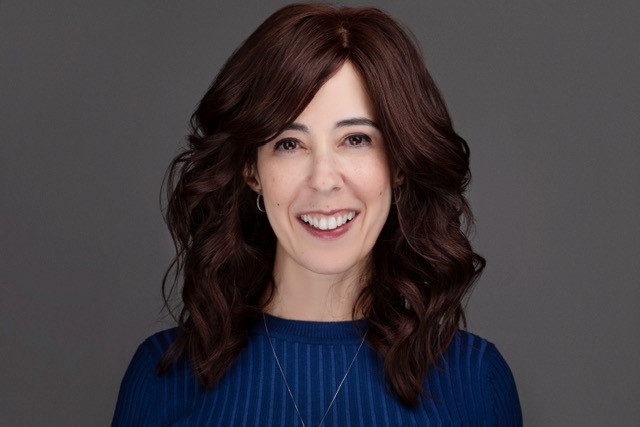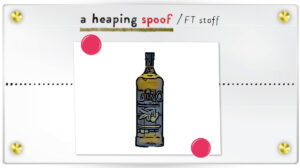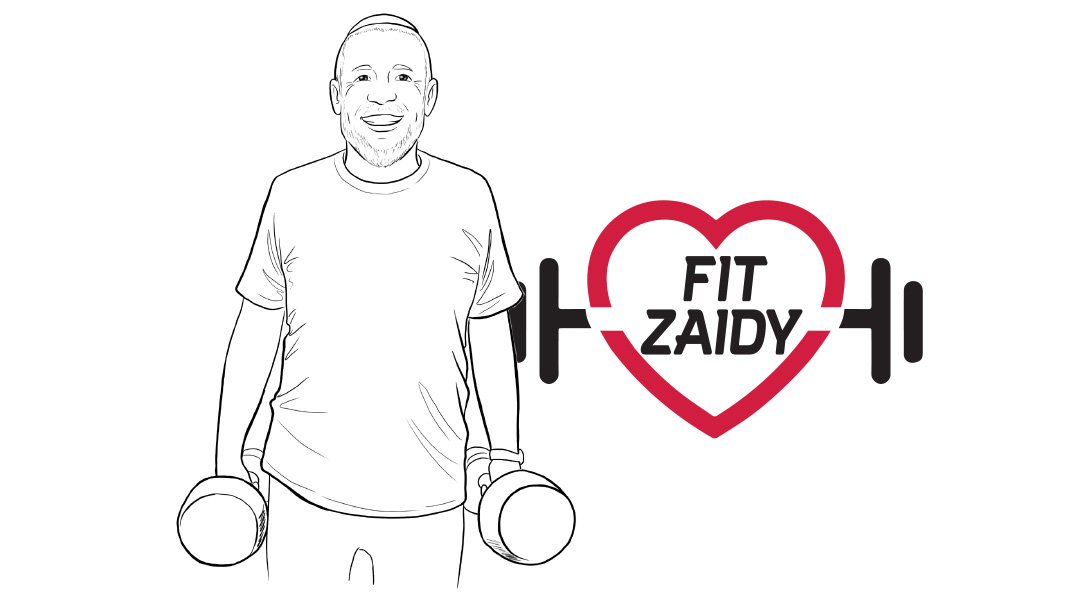Akiva Marcus


Before you take a bite of your cornflakes this morning, pause. Consider all the people who had a hand in making your breakfast available (don’t worry, they were wearing gloves): the farmer who grew the grain, the company that milled it, the distributor, and of course that cashier at your local grocery (yeah, I might have skipped a few steps). But have you ever given one moment to think about the weather forecaster who helped deliver those cornflakes to your bowl? Good thing Akiva Marcus, agricultural meteorologist, is here to enlighten you.
What led to your eclectic career choice?
My father encouraged me to follow my interest in weather and even arranged for me to meet with a professional meteorologist as a bar mitzvah present. When I was a teen, I enjoyed vegetable gardening, and when I saw how often I needed to water my tomato and squash plants when there wasn’t enough rain or the weather got too hot, I learned how important good weather is for growing crops.
How did you get the training you needed?
I earned a degree in meteorology and then one in agriculture in order to understand how grain and oilseed crops grow. I was fortunate to get a job for a consulting company in Maryland that specialized in monitoring the agriculture and geology of the earth from satellite observations. That work attracted the interest of food companies, which were looking for a way to take advantage of this new technology to monitor field crops. It allows them to better anticipate the supply of grain and oilseeds, which are the raw materials needed to make the cookies and chocolate we enjoy.
And where do you come in?
This is a niche application of meteorology that most folks don’t think about. When people learn that I’m a meteorologist, the first thing they usually ask is what television or radio station I work for. But weather is key to anticipating the timing of the crop season from planting to harvest, how much will be harvested, and also the quality of the end result.
So what do you actually do for these companies?
Let’s say Kellogg’s hires me as a consultant to provide analysis and predictions for the corn they need to make their cornflakes. I’ve developed a set of analytical tools designed to identify certain weather patterns and from there to anticipate weather trends over the course of weeks and months. We use these patterns to determine the likelihood of problems that could result in a shortage of corn production, which will in turn cause the corn prices to rise. Based on this information, the company has an idea of what it’ll need to pay for its produce and can budget its costs to keep prices stable.
When is the official growing season?
Planting starts in the fall for winter grains, but most crops, like grains, fruits, and vegetables, are planted in the spring. Large food companies will typically have manufacturing plants in several locations and can take advantage of the early start to the growing season in a warm area like Texas or Florida. For example, Frito-Lay has over 40 potato growers scattered across the country from coast to coast and from the Mexican to the Canadian borders.
Why is this important? Once potatoes are put into storage, their sugars turn to starch, which causes brown rings to form when they’re cooked for potato chips. Frito-Lay potato chips will almost never have a brown ring because they start harvesting potatoes in April in the south and continue through October in the north, so they can minimize the number of potatoes used from storage. Multinational companies can source fresh crops from other countries. When it’s winter in the United States, it’s summer in Brazil, where a lot of corn is grown.
How does the knowledge of commodities affect how you feel when you sit down to eat?
Part of my job is to travel through the Midwest to tour corn and soybean fields. Each trip delivers a stark reminder of how dependent we are on good weather. Damage from hail, flooding, and severe windstorms can wipe out entire fields. If it gets too cold after planting and there’s a freeze, that field will need to be replanted. If it turns too cold and snowy early, your crop may not get harvested until the following year. If it’s too cloudy or wet for too long, fungus, disease, or insect attacks can destroy the crops.
Everything we eat is somehow connected to the weather. Even the gas we use to drive to the store and purchase our food is manufactured in part from corn today.
Have you ever saved a company money based on your predictions?
Last year there was widespread flooding across the Midwest that persisted through the entire planting window from April to June, and millions of acres of corn went unplanted. The price of a bushel of corn rose from $3.50 to nearly $5 in just a few weeks. We alerted our clients about the potential for a catastrophic event before the prices rose, but also advised them not to panic because there was enough corn available from the Ukraine and Brazil to prevent prices from staying high. The companies that heeded this advice didn’t panic and merely waited for prices to return to regular levels a couple of months later.
Akiva in 60 seconds
Hometown: Baltimore, MD. Current residence: Passaic, NJ. Family: Large with many children and grandchildren. My favorite grain: Corn because it’s used in most food products we eat, including things we often don’t connect to corn — like beef, chicken, and fuel for our cars, in addition to popcorn and corn on the cob. Perks of the job: Free kosher food samples from my clients. Famous companies that have employed my services: FritoLay, Kraft, Quaker Oats, Nestlé.
(Originally featured in Family Table, Issue 700)
Oops! We could not locate your form.












